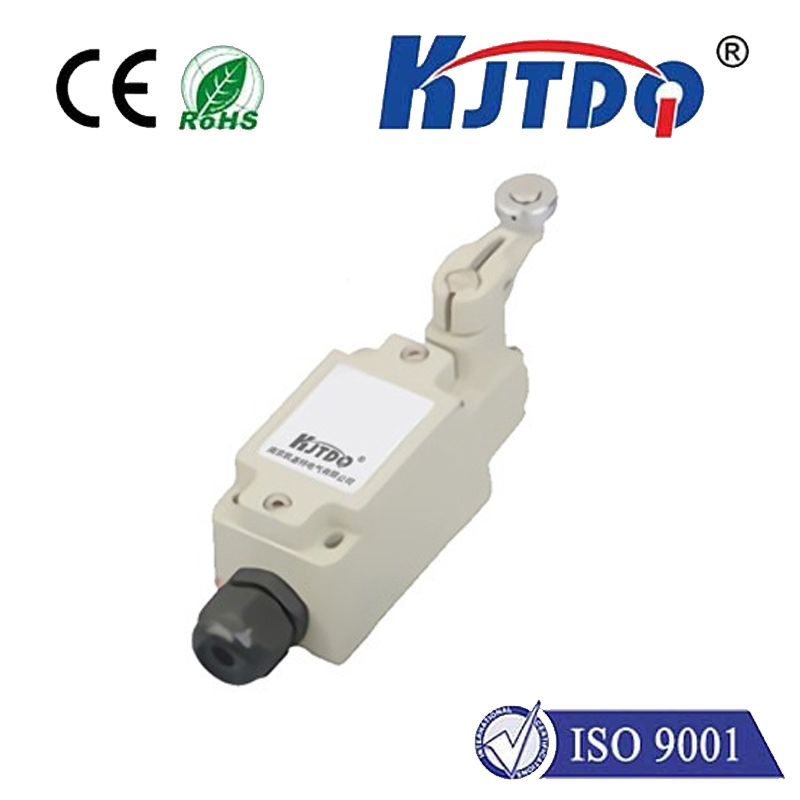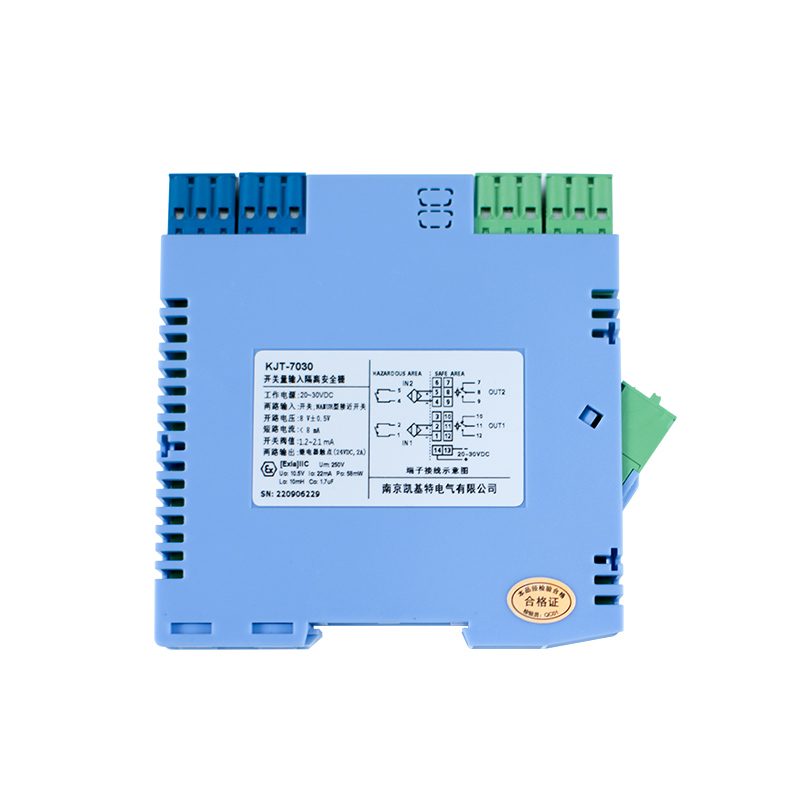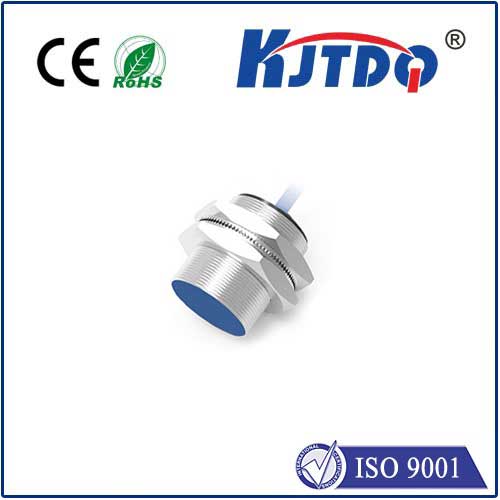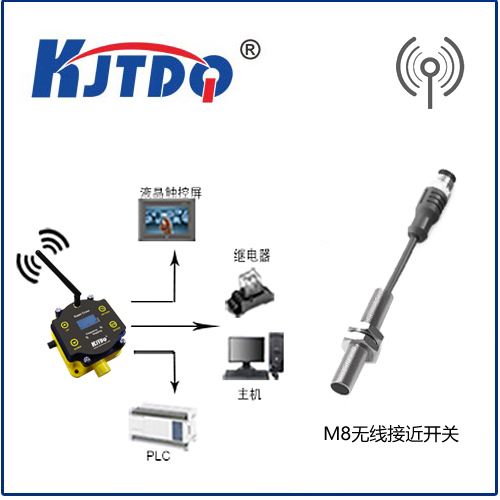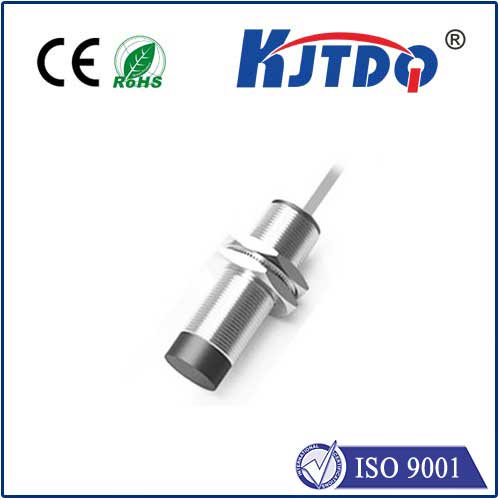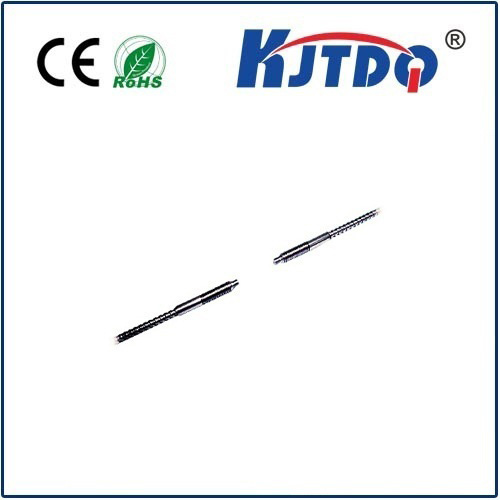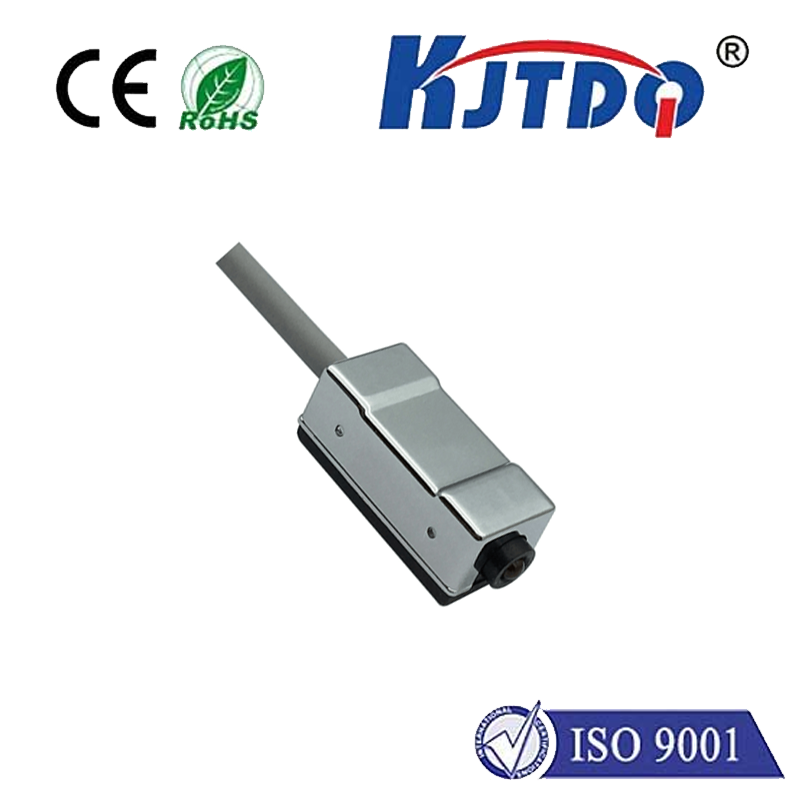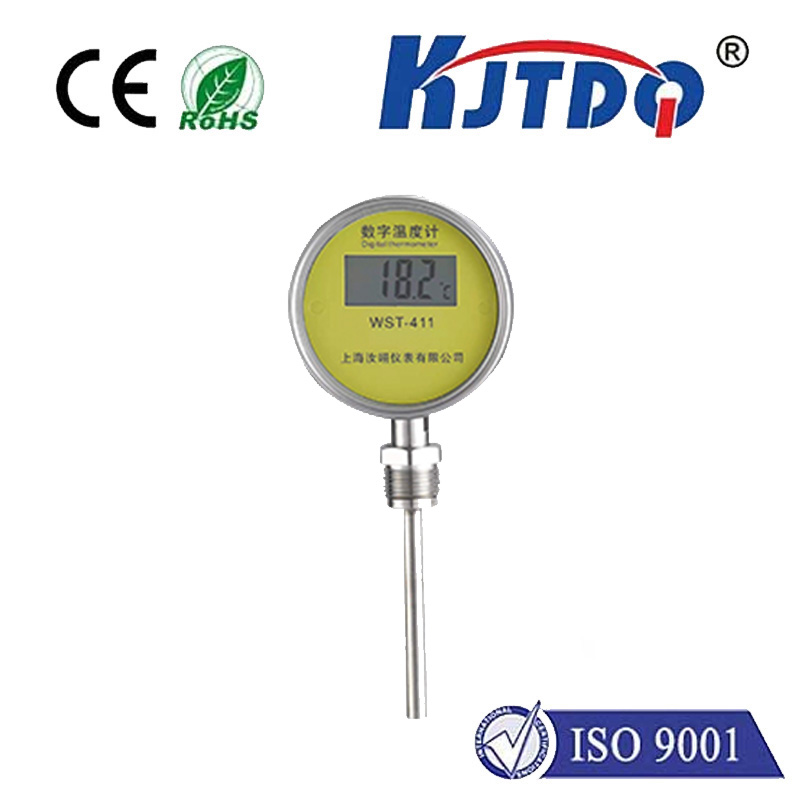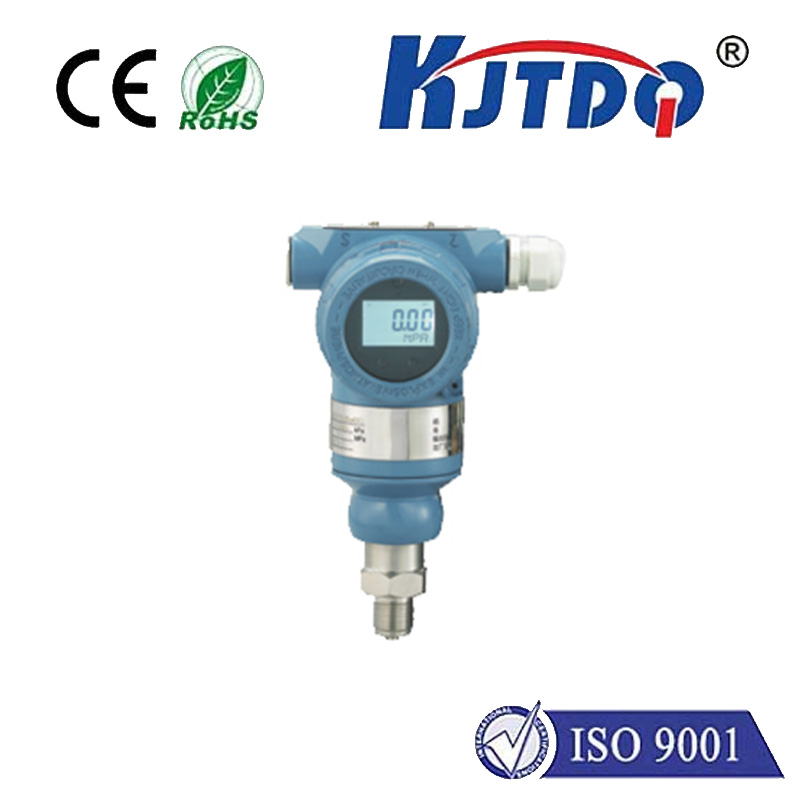

check

check

check

check

check

check

check

check

check

check

Title: Understanding the Importance of Hall Speed Sensors in Modern Technology In the realm of modern technology, sensors play a crucial role in enabling various functions and applications. One such sensor that has become increasingly important is the Hall speed sensor. This innovative device is used to measure the velocity of moving objects and provides accurate data for a wide range of applications. In this article, we will explore the significance of Hall speed sensors and how they are revolutionizing different industries. Firstly, let us delve into what exactly a Hall speed sensor is. A Hall speed sensor consists of a semiconductor material with an electrical circuit embedded within it. When an object passes by the sensor, it creates a magnetic field that induces a voltage in the semiconductor material. The strength of this induced voltage is directly proportional to the speed at which the object is moving. By measuring this voltage, the Hall speed sensor can accurately determine the velocity of the object. One of the key advantages of using Hall speed sensors is their non-contact nature. Unlike other types of sensors that require physical contact with the moving object, Hall speed sensors can operate without any direct interaction. This not only reduces wear and tear on both the sensor and the measured object but also eliminates the need for lubrication or maintenance. Furthermore, the absence of physical contact allows Hall speed sensors to be used in environments where contamination or corrosion may be present, making them highly reliable and durable. Another notable advantage of Hall speed sensors is their ability to measure linear and rotational speeds with high precision. Whether it’s detecting the rotational speed of an industrial machine or measuring the linear velocity of a conveyor belt, Hall speed sensors provide accurate and reliable data. This level of precision is essential in industries such as manufacturing, automotive, and aerospace, where even minor inaccuracies can lead to significant consequences. Moreover, Hall speed sensors offer a cost-effective solution for speed measurement. Compared to traditional methods such as tachometers or encoders, Hall speed sensors require fewer components and are easier to install. This not only reduces the initial investment but also lowers maintenance costs over time. Additionally, their compact size allows them to be easily integrated into existing systems without taking up valuable space. In conclusion, Hall speed sensors have emerged as a vital tool in modern technology due to their accuracy, reliability, and cost-effectiveness. Their non-contact nature makes them suitable for use in various industries, from manufacturing to automotive and aerospace. As technology continues to advance, we can expect Hall speed sensors to play an even more significant role in shaping the future of speed measurement and control.
